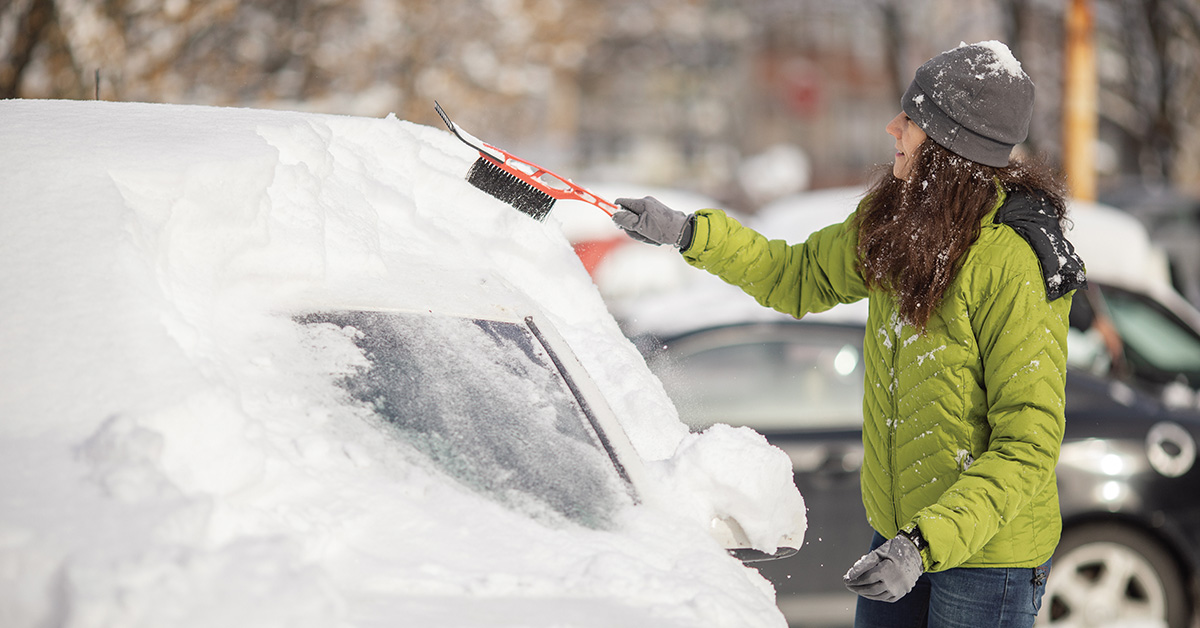Know your winter driving laws
Know your winter driving laws

Winter driving in New York State comes with a unique set of laws and regulations to ensure the safety of motorists during the cold and snowy months. Understanding these regulations is important for all drivers.
Winter driving restrictions
Municipal authorities may impose winter driving restrictions during severe weather conditions. These restrictions can include reduced speed limits on certain roads and the mandatory use of headlights during periods of reduced visibility. Follow your local news to stay informed about any current winter driving restrictions, especially when weather conditions deteriorate.
Snow on your car
You may be surprised to find out that there is not a specific state law about removing snow and ice from your car. However, it is illegal to drive with anything obstructing the driver’s view, which would include snow. You are also required to keep your license plate clearly viewable. For your safety and the safety of others on the road, it is highly recommended that you remove the snow and ice from your vehicle before driving. And remember, AAA can only service your vehicle if it is accessible and clear of snow and ice.
Tire chains
New York State law permits the use of tire chains, but they should be used with caution and only when necessary. Drivers are allowed to use tire chains when road conditions require additional traction due to snow or ice. Using tire chains on paved roads when they are not needed can result in fines.
Studded tires
New York State law allows the use of studded tires but imposes restrictions on when they can be used. Studded tires can be legally installed on vehicles from Oct. 16 through Apr. 30. This regulation is in place to minimize road damage caused by the metal studs.
To ensure your safety and confidence on winter roads, enroll in AAA’s Defensive Driving Course. You can choose from online, virtual, or classroom options. Learn valuable tips and techniques to reduce risk and handle emergencies. Plus, you can lower portions of your auto insurance up to 10% for three years.












